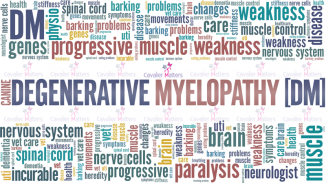 What is it?
What is it?
- It is an incurable, progressive painless disease of the canine spinal cord, leading to paralysis and ultimately death
- It is caused by a genetic mutation. To develop this disease your Cavalier must have two copies of the mutated gene
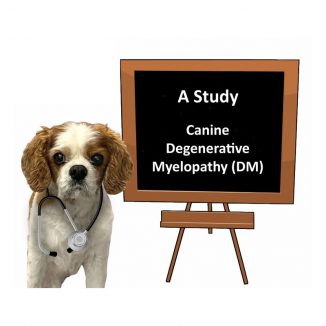 How Common is it?
How Common is it?
- The approximate age of the disease onset believed to be approximately 9 years of age
- One study of 73 Cavalier King Charles Spaniels tested, 37% were carriers of the mutation and 49.3% were at-risk
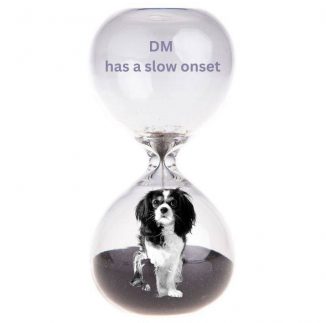 The Basics
The Basics
- As with all diseases in humans, there can be slight variation in timescales, this will not alter the established path of progression
- DM has a slow onset and is not painful
- DM does not come on suddenly
- DM cannot be cured
- It is important to try and establish as soon as possible if your dog has DM
- DM is almost unheard of in dogs under 5 years of age. If your dog is younger, it is unlikely to be DM
- Early stages of DM often mistaken for arthritis, hip dysplasia and other diseases. Do not let this delay your visit to the vet
- Other conditions that look like DM, will require different treatment and therapy. For example, DM dogs need exercise to maintain muscle mass
- Other conditions can require restricted exercise to prevent further damage.
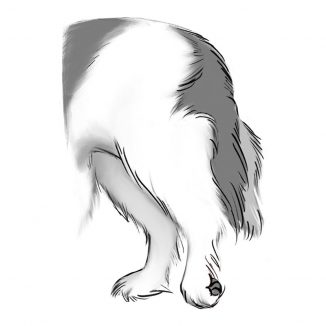 Early Symptoms
Early Symptoms
These symptoms may be present in only one hind leg in the beginning and may only be noticeable when performing certain activities like squatting when peeing or jumping:
- Knuckling (rear paw/paws turning under/walking on knuckles)
- Tremors in hind leg
- Dragging feet causing them to Scrape nails when walking
- Wobbling
- Difficulties rising into a standing position
- Swaying backend when walking (as if drunk)
- Stumbling and tripping rear legs crossing
- Loss of balance
Video: Crabbing, Sideways Walking – Ataxia (Loss of Co-ordination and Feeling)
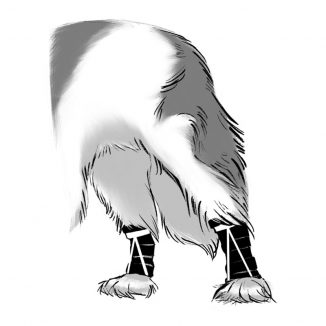 Later Symptoms
Later Symptoms
- Initial symptoms will increase and worsen
- Damaged toes from dragging the feet
- Loss of ability to stand on one or both hind legs
- Unable to stand, even when lifted into position
- Muscle loss
- Cannot walk without support
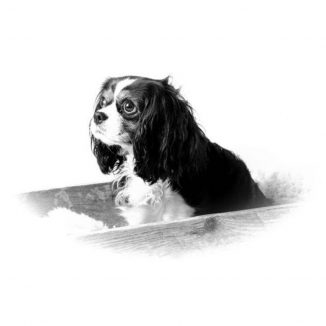 Late Stages
Late Stages
- Loss of bladder and bowel control
- Gradual loss of strength in front end
- Difficulty breathing if the disease makes it to the brain stem
- Displaying pain
- Anxiety
- Complete immobility
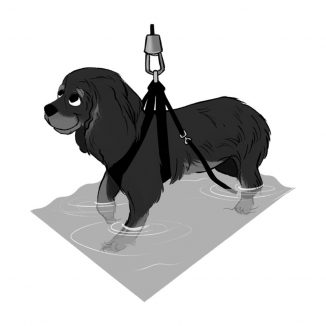 Caring for Your Cavalier
Caring for Your Cavalier
- Exercise is probably the most important therapy
- Constant stimulation of the nervous system helps keep the nerve impulses firing and the muscles strong
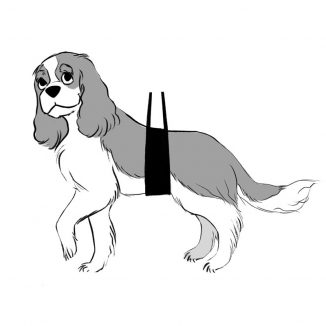 Tips
Tips
- Check for UTI’s – this can cause a huge setback if not treated
- Check for cleanliness
- Puppy pads
- Belly bands
- Socks with grips
- Mats for slippery floors
- Help you up harness – an invaluable aid instead of wheels
- Wheels (charities loan them) – but seek guidance from your vet or physio
Always seek veterinary/physio guidance before use
These charities work hard to give dogs with DM and Intervertebral Disc Disease or other disabilities the chance to walk again:
- Winston’s Wheels Charity
www.winstonswheels.org.uk - Pumpkin and Friends Charity
www.pumpkinandfriendscharity.com - Broken Biscuits Charity
www.brokenbiscuits.org
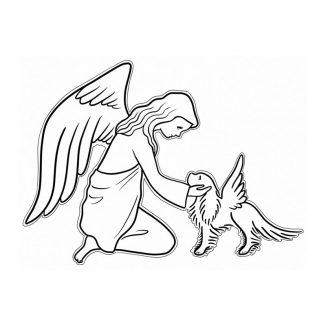 Looking After a Disabled Dog
Looking After a Disabled Dog
Quality of Life for your Dog and Family:
- When you’re a pet owner, putting your dog’s needs first is not uncommon. They are part of the family and being a “pet parent” naturally makes you want to care for them before you take care of yourself
- You can’t properly care for your dog if you’re mentally (or physically) exhausted. Self-care isn’t selfish, it is necessary to be a good pet owner and to devote extra time and attention to your dog
- Don’t feel guilty
- Putting your dog to sleep is a privilege, a gift of unconditional love and the last act of compassion you can give
- Trust yourself and follow your instinct
This page was created in loving memory of Arran.

